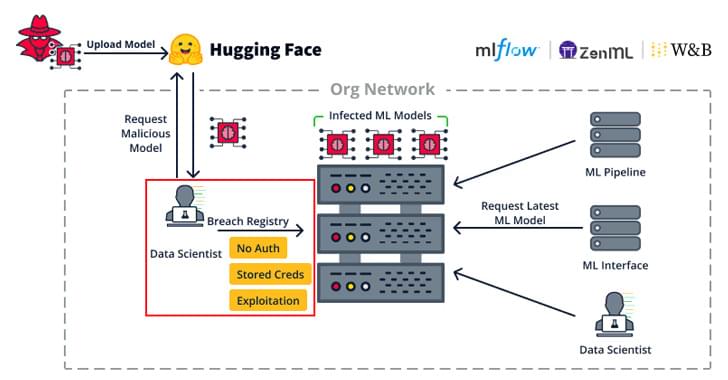We’ve finally mapped all of Zealandia.


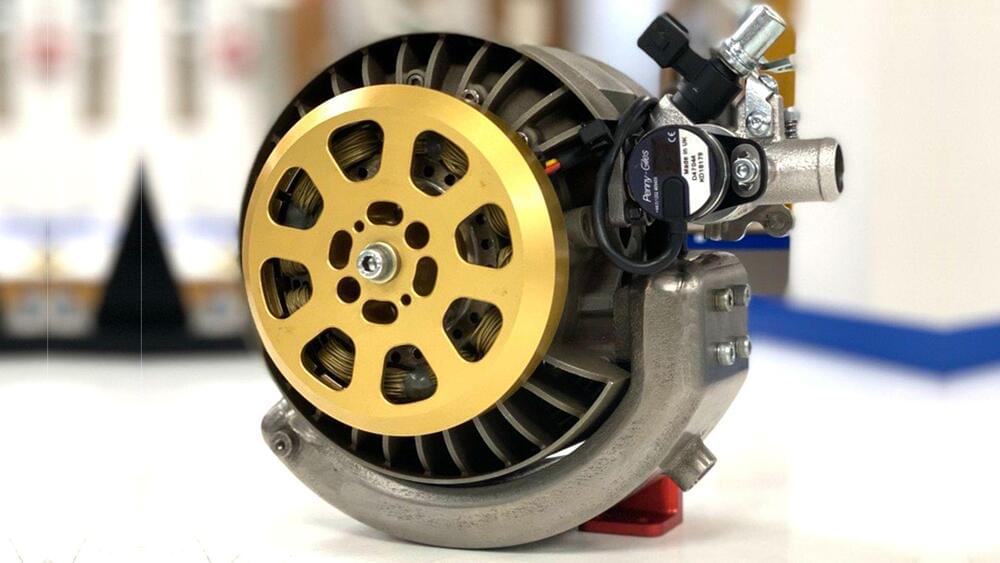

Despite technological advances like electronic health records (EHRs) and dictation tools, the administrative load on healthcare providers has only grown, often overshadowing the time and energy dedicated to direct patient care. This escalation in clerical tasks is a major contributor to physician burnout and dissatisfaction, affecting not only the well-being of providers but also the quality of care they deliver.
During consultations, the focus on documentation can detract from meaningful patient interactions, resulting in fragmented, rushed, and sometimes impersonal communication. The need for a solution that both streamlines documentation and restores the patient-centred nature of healthcare has never been more pressing. This is where AI-powered medical scribes come into play, offering a promising path from traditional dictation to fully automated, integrated documentation support.
AI medical scribe software utilises advanced artificial intelligence and machine learning to transcribe, in real time, entire patient-physician consultations without the need for traditional audio recordings. Leveraging sophisticated speech recognition and natural-language processing (NLP) algorithms, AI scribes are capable of interpreting and processing complex medical conversations with impressive accuracy. These systems can intelligently filter out non-essential dialogue, such as greetings and small talk, to create a streamlined and detailed clinical note.
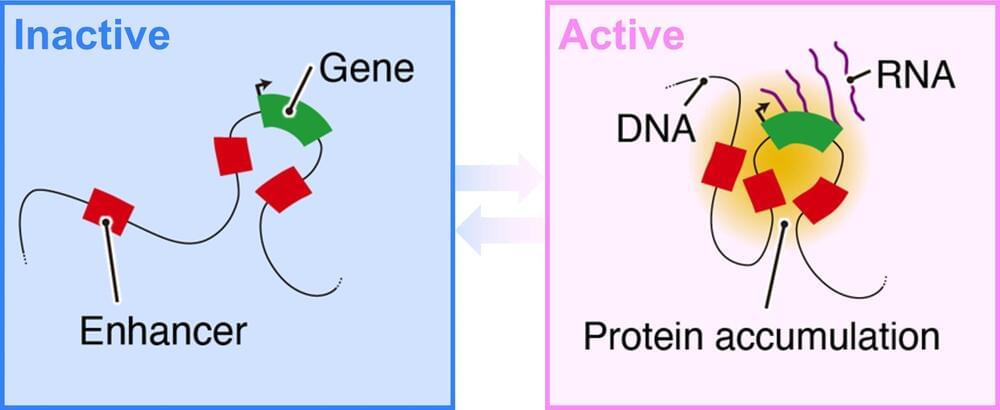
Researchers at Kyushu University have revealed how spatial distance between specific regions of DNA is linked to bursts of gene activity. Using advanced cell imaging techniques and computer modeling, the researchers showed that the folding and movement of DNA, as well as the accumulation of certain proteins, changes depending on whether a gene is active or inactive.
The study, published on December 6 in Science Advances, sheds insight into the complicated world of gene expression and could lead to new therapeutic techniques for diseases caused by improper regulation of gene expression.
Gene expression is a fundamental process that occurs within cells, with two main phases: transcription, where DNA is copied into RNA, and translation, where the RNA is used to make proteins. For each cell to carry out its specific functions in the body, or to respond to changing conditions, the right amount of a protein must be produced at the right time, meaning genes must be carefully switched on and off.
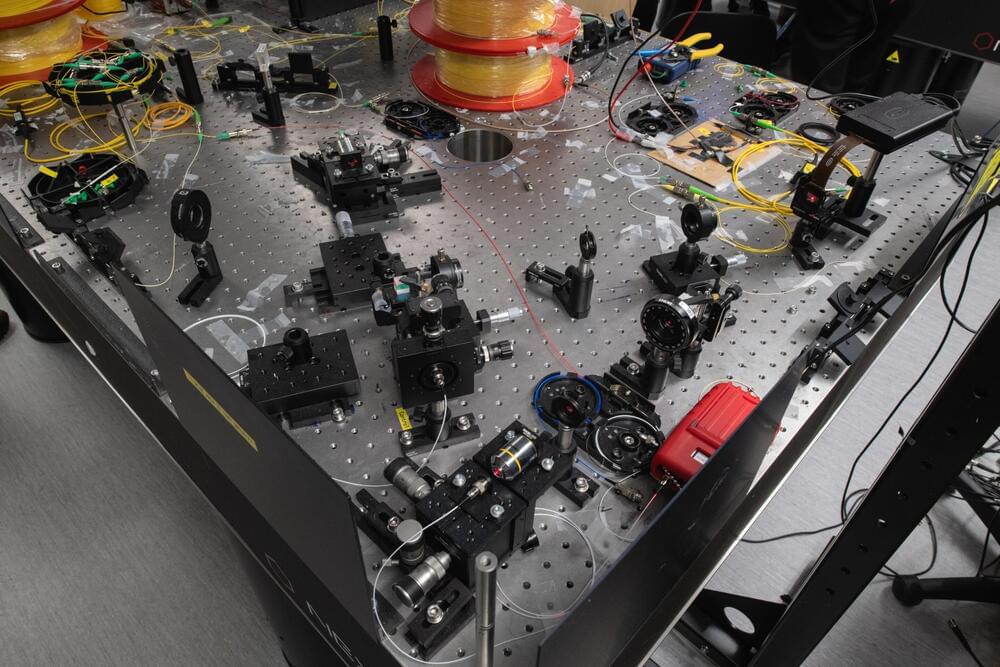
Researchers from Linköping University together with colleagues from Poland and Chile have confirmed a theory that proposes a connection between the complementarity principle and entropic uncertainty. Their study is published in the journal Science Advances.
“Our results have no clear or direct application right now. It’s basic research that lays the foundation for future technologies in quantum information and quantum computers. There’s enormous potential for completely new discoveries in many different research fields,” says Guilherme B Xavier, researcher in quantum communication at Linköping University, Sweden.
But to understand what the researchers have shown, we need to start at the beginning.
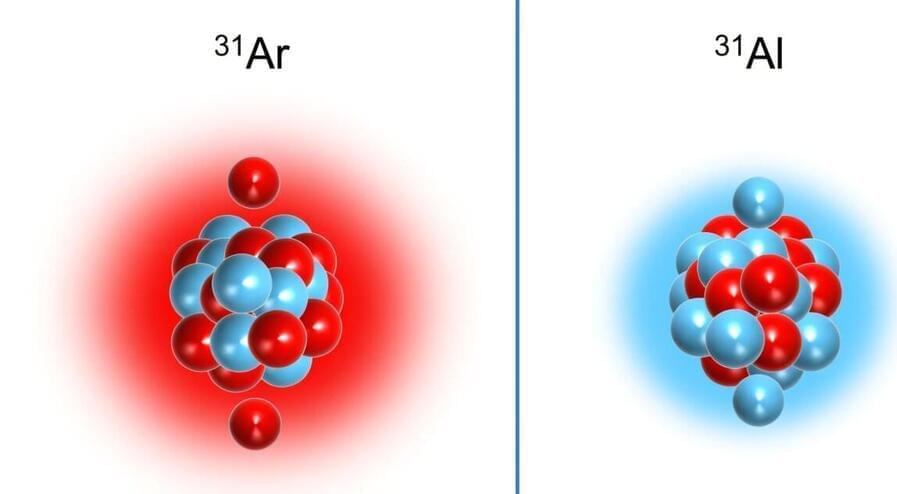
Researchers at the Institute of Modern Physics (IMP) of the Chinese Academy of Sciences, together with their collaborators, have achieved the first precise mass measurements of several exotic atomic nuclei. Using this mass data, they have determined the proton dripline for aluminum, phosphorus, sulfur, and argon elements, and proposed a new approach to uncover proton halo structures.
The results were published in Physical Review Letters on November 27.
The atomic nucleus is a quantum many-body system composed of protons and neutrons, typically exhibiting a size similar to that of neighboring nuclei. A halo is an exotic nuclear structure found in weakly bound nuclei, characterized by one or more valence nucleons that display an extended spatial distribution, resulting in a radius significantly larger than that of neighboring nuclei.
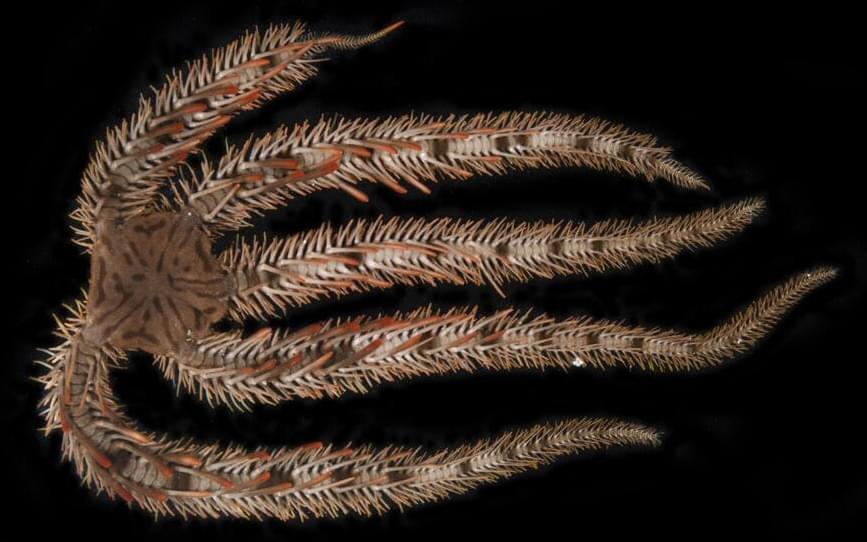
Major findings on the inner workings of a brittle star’s ability to reversibly control the pliability of its tissues will help researchers solve the puzzle of mutable collagenous tissue (MCT) and potentially inspire new “smart” biomaterials for human health applications.
The work is directed by Denis Jacob Machado—assistant professor in Bioinformatics at The University of North Carolina at Charlotte Center for Computational Intelligence to Predict Health and Environmental Risks (CIPHER)—and Vladimir Mashanov, staff scientist at Wake Forest Institute for Regenerative Medicine.
In “Unveiling putative modulators of mutable collagenous tissue in the brittle star Ophiomastix wendtii: an RNA-Seq analysis,” published recently in BMC Genomics, the researchers describe using advanced transmission electron microscopy (TEM), RNA sequencing, and other bioinformatics methods to identify 16 potential MCT modulator genes. This research offers a breakthrough towards understanding precisely how echinoderms quickly and drastically transform their collagenous tissue. The first author of the paper, Reyhaneh Nouri, is a Ph.D. student in UNC Charlotte’s Department of Bioinformatics and Genomics.
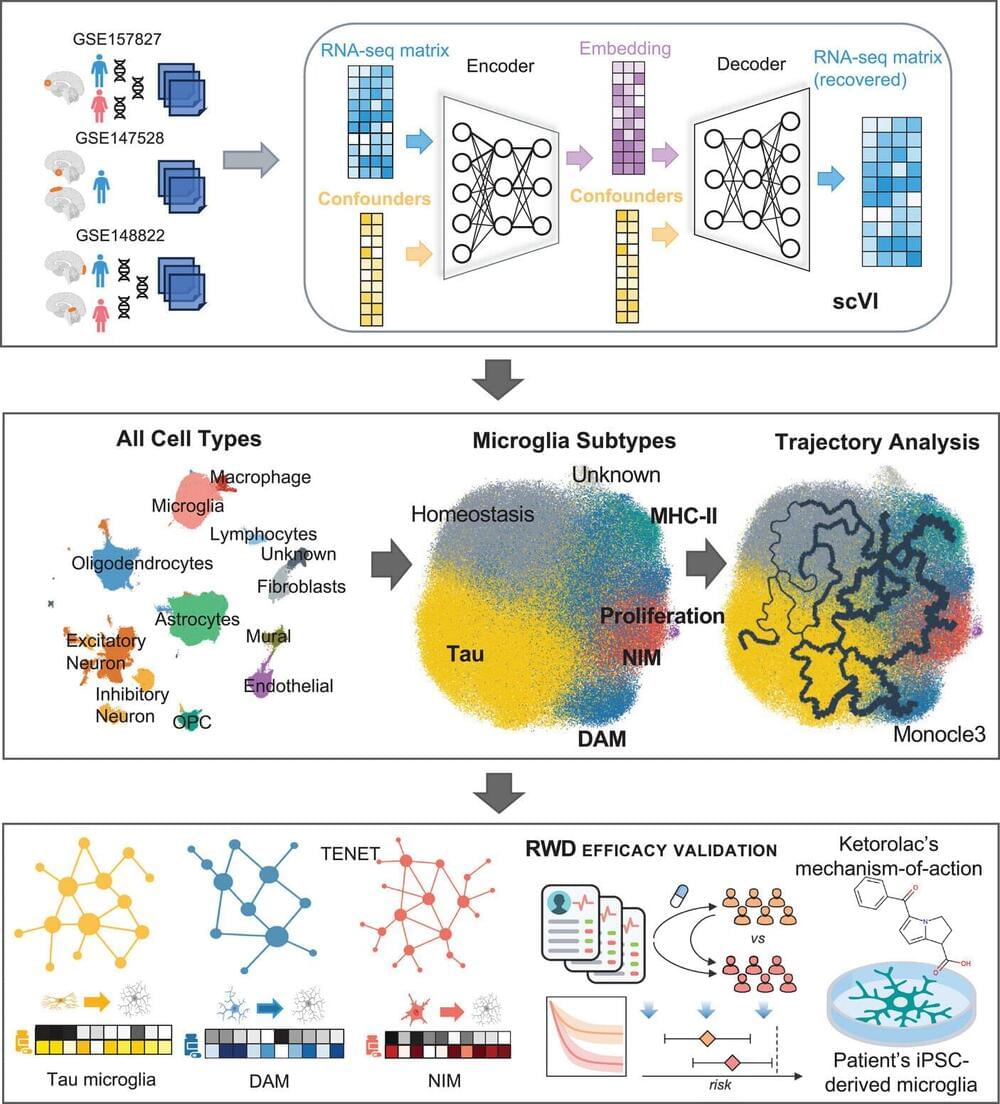
Cleveland Clinic Genome Center researchers have unraveled how immune cells called microglia can transform and drive harmful processes like neuroinflammation in Alzheimer’s disease. The study, published in the journal Alzheimer’s & Dementia, also integrates drug databases with real-world patient data to identify FDA-approved drugs that may be repurposed to target disease-associated microglia in Alzheimer’s disease without affecting the healthy type.
The researchers, led by study corresponding author Feixiong Cheng, Ph.D., hope their unique approach of integrating genetic, chemical and human health data to identify drug targets and corresponding drugs will inspire other scientists to take similar approaches in their own research.
Microglia are specialized immune cells that patrol our brains, seeking and responding to tissue damage and external threats like bacteria and viruses. Different types of microglial cells use different methods to keep the brain safe. Some may cause neuroinflammation—inflammation in the brain—to fight invaders or kickstart the repair process in damaged cells. Others may work to “eat” dangerous substances in the brain, and clean up damage and debris. However, during Alzheimer’s disease, new types of microglia can form that promote disease progression.

NASA’s Parker Solar Probe mission has detected magnetic distortions in solar wind, known as switchbacks. To better understand these phenomena, whose origins remain uncertain, a study was conducted by a network of collaborators. This study, published in the journal Astronomy & Astrophysics, reveals that solar jets can create similar disturbances without causing a complete reversal of the magnetic field.
NASA’s Parker Solar Probe mission revealed the presence of switchbacks, sudden and rapid reversals of the magnetic field in the solar wind. These peculiar phenomena, rarely observed near Earth, have captivated the scientific community due to their enigmatic origins. A leading theory suggests that switchbacks originate from solar jets, which are ubiquitous in the lower atmosphere of the sun.
To investigate their origins, a team of researchers from LPP, LPC2E, FSLAC, the University of Dundee and Durham University conducted 3D numerical simulations to replicate plasma behavior in the sun’s atmosphere. These simulations modeled solar jets and studied their propagation in solar wind.
